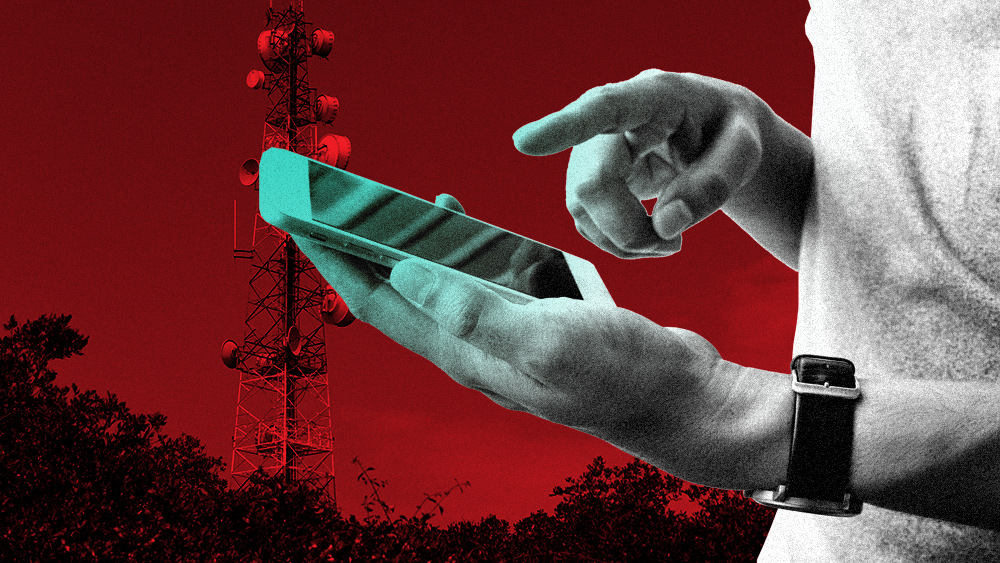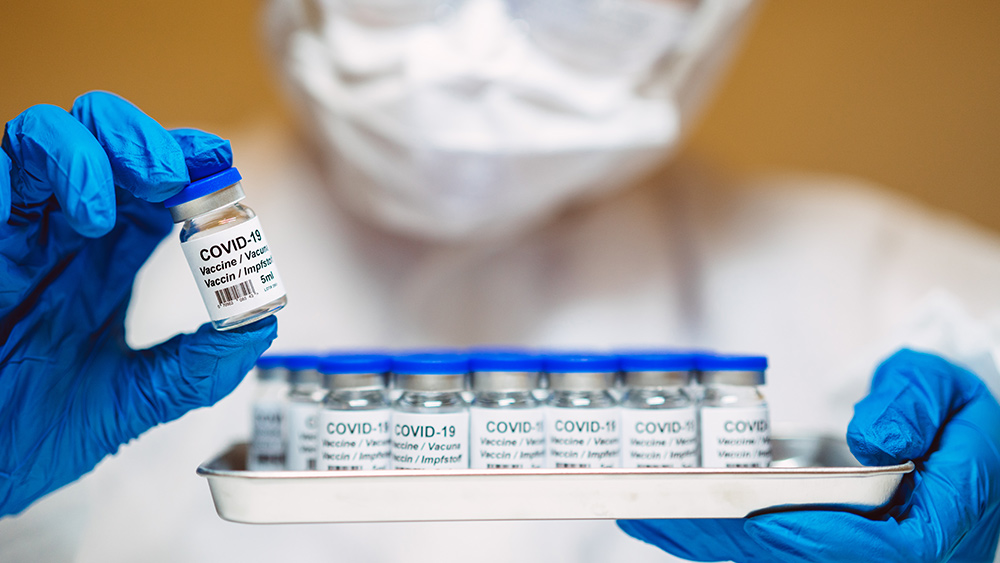 Parler
Parler Gab
Gab
- Remotely locate, lock, or erase your device using built-in find-my-phone features.
- Immediately contact your cellular provider to block service and prevent SIM fraud.
- Change critical passwords and enable two-factor authentication (2FA) using authenticator apps.
- File a police report and notify credit bureaus to prevent stolen identity complications.
- Secure your new phone with biometric locks and disable auto-save password features.
How to protect your identity and prevent catastrophic theft
The moment you realize your phone is gone, act swiftly. Time is critical: professional thieves can drain bank accounts, hijack social media, and even conscript your phone into botnets within minutes. Begin by leveraging built-in tracking tools:- Enable remote control via Find My (Apple) or Find My Device (Google): Use another device to log into your account and activate location tracking. Mark the phone as “lost” to lock access and alert anyone who finds it.
- Block SIM activity: Contact your carrier to secure your account. T-Mobile or AT&T, for example, can lock SIM access and alert you to unauthorized charges.
- Erase sensitive data: If theft is confirmed, remotely wipe the device. While disheartening, this prevents scammers from accessing your bank apps, email credentials, or private photos.
- Critical fraud response: Change passwords for financial apps, email, and social media. Enable 2FA with authenticator apps like Authy—not SMS, as your phone is already compromised.
Preemptive measures: How to protect your next phone
Preventing disaster starts long before a phone vanishes. Today’s smartphones are the ultimate “keys to the kingdom,” storing payment info, home addresses, and passport scans. Adopt these safeguards to deter opportunists:- Bio-metrics: Combine a unique PIN with fingerprint or facial ID. Set auto-lock to the shortest interval.
- SIM PIN protection: Password-protect your SIM card to block unauthorized network use.
- Disable auto-save passwords: Rely on encrypted password managers like Bitwarden instead of browser defaults.
- Cloud backups: Regularly sync photos and contacts to services like Google Drive or iCloud.
- Physical backups: Keep a hard copy of your photos, contacts, etc.
- Credit file freeze: For ultimate safety, place a freeze on your credit bureau profiles until theft claims are resolved.
Public trust in ChatGPT legal advice outweighs lawyers’ in study, raising calls for AI literacy
By Willow Tohi // Share
Late nights and short sleep: New study links teen sleep biotypes to brain development
By Willow Tohi // Share
Unconstitutional? Nassau County proposes controversial “buffer zone” law for first responders
By Laura Harris // Share
Governments continue to obscure COVID-19 vaccine data amid rising concerns over excess deaths
By patricklewis // Share
Tech giant Microsoft backs EXTINCTION with its support of carbon capture programs
By ramontomeydw // Share
Germany to resume arms exports to Israel despite repeated ceasefire violations
By isabelle // Share









